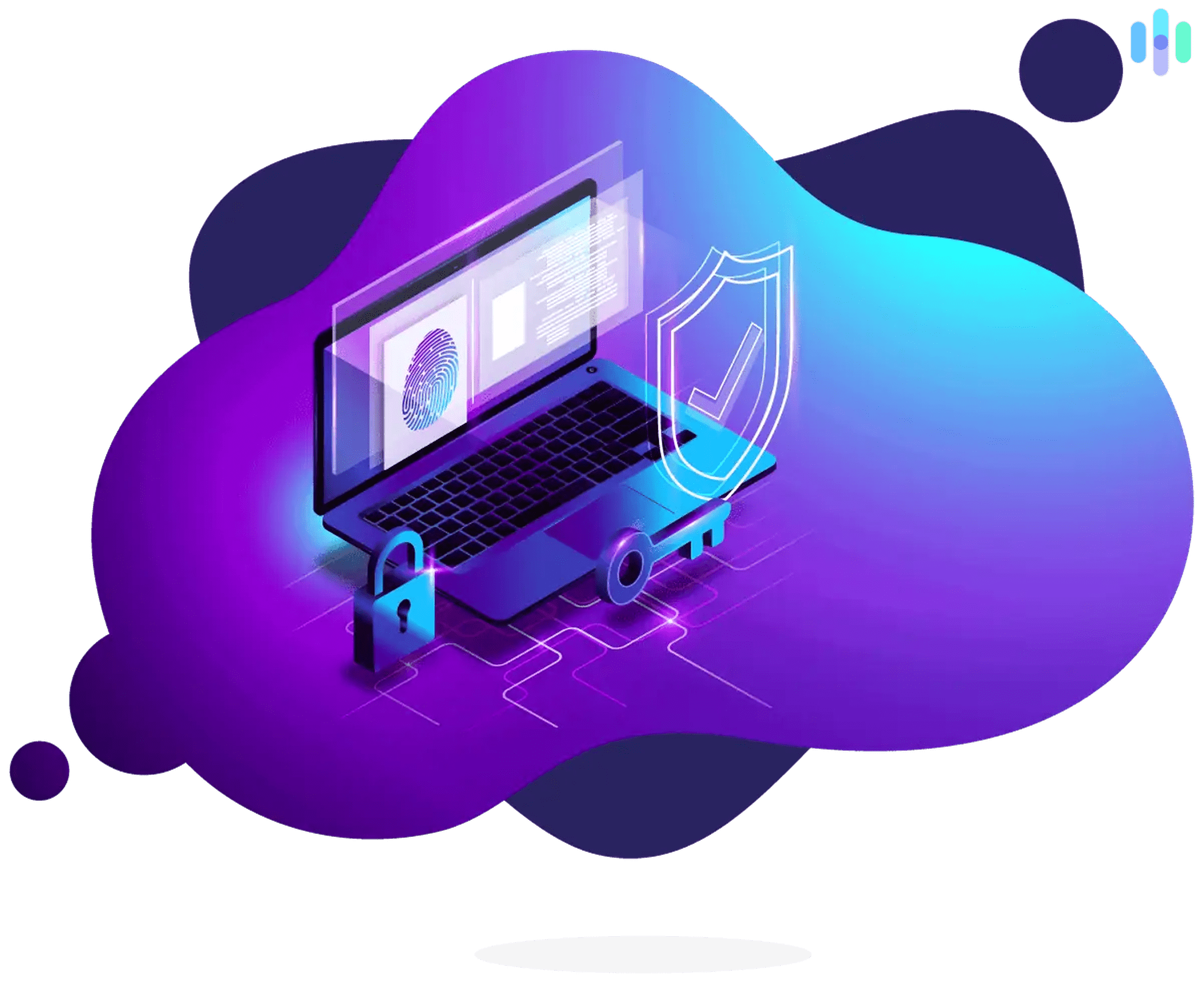In an age where personal information is a valuable commodity and digital interactions are an integral part of daily life, safeguarding individual privacy has become a paramount concern. Personal privacy tools play a crucial role in empowering Americans to take control of their digital footprint and protect sensitive information from potential threats. This article explores the significance of these tools, emphasizing their role in ensuring digital safety for individuals across the nation.

- Virtual Private Networks (VPNs): VPNs have become a cornerstone of personal privacy tools in the United States. These tools encrypt internet connections, providing a secure and private browsing experience. Americans utilize VPNs to protect their online activities from prying eyes and potential cyber threats, especially when using public Wi-Fi networks.
- Encrypted Messaging Apps: With the increasing importance of digital communication, encrypted messaging apps have gained popularity. Americans turn to these tools to ensure the confidentiality of their conversations, preventing unauthorized access to personal messages and calls, and safeguarding their privacy in the digital realm.
- Privacy-Focused Web Browsers: Privacy-focused web browsers have emerged to address concerns about data tracking and profiling. Americans opt for browsers that prioritize user privacy, blocking trackers and minimizing data collection to maintain a more confidential online experience.
- Secure Password Managers: Given the multitude of online accounts individuals manage, secure password managers have become essential tools for digital safety. Americans use these tools to generate complex and unique passwords, eliminating the risk of password-related vulnerabilities and enhancing overall account security.
- Two-Factor Authentication (2FA): To add an extra layer of protection to their accounts, Americans leverage two-factor authentication. This personal privacy tool requires users to provide an additional verification step beyond passwords, such as a code sent to their mobile device, bolstering the security of online accounts.
- Ad and Tracker Blockers: Ad and tracker blockers empower individuals to control the information they share online. These tools prevent websites and advertisers from tracking users’ browsing habits, enhancing privacy by limiting the collection of personal data for targeted advertising.
- Privacy-Centric Search Engines: Privacy-centric search engines have gained traction among Americans seeking alternatives to conventional search platforms. These tools prioritize user privacy by minimizing data collection, avoiding personalized search results, and promoting a more anonymous online search experience.
- Anonymous Browsing Tools: Anonymous browsing tools, including privacy-focused browsers and extensions, enable Americans to browse the internet without leaving a digital trail. These tools limit the collection of browsing history, cookies, and other data that can be used to track user activities.
- Encrypted Email Services: Email remains a primary means of communication, and encrypted email services are integral to ensuring the privacy of personal messages. Americans turn to these services to protect the content of their emails from unauthorized access and enhance the overall security of their digital communication.
- Digital Security Education Resources: Personal privacy tools are most effective when users are educated on how to use them properly. Americans access digital security education resources to stay informed about the latest threats, best practices for online safety, and how to maximize the effectiveness of privacy tools.
Conclusion:
In the digital age, personal privacy tools are indispensable for Americans seeking to protect their digital safety and maintain control over their personal information. From encrypted communication to secure browsing practices, these tools empower individuals to navigate the digital landscape with confidence, knowing that their privacy is a priority in an increasingly interconnected world.
